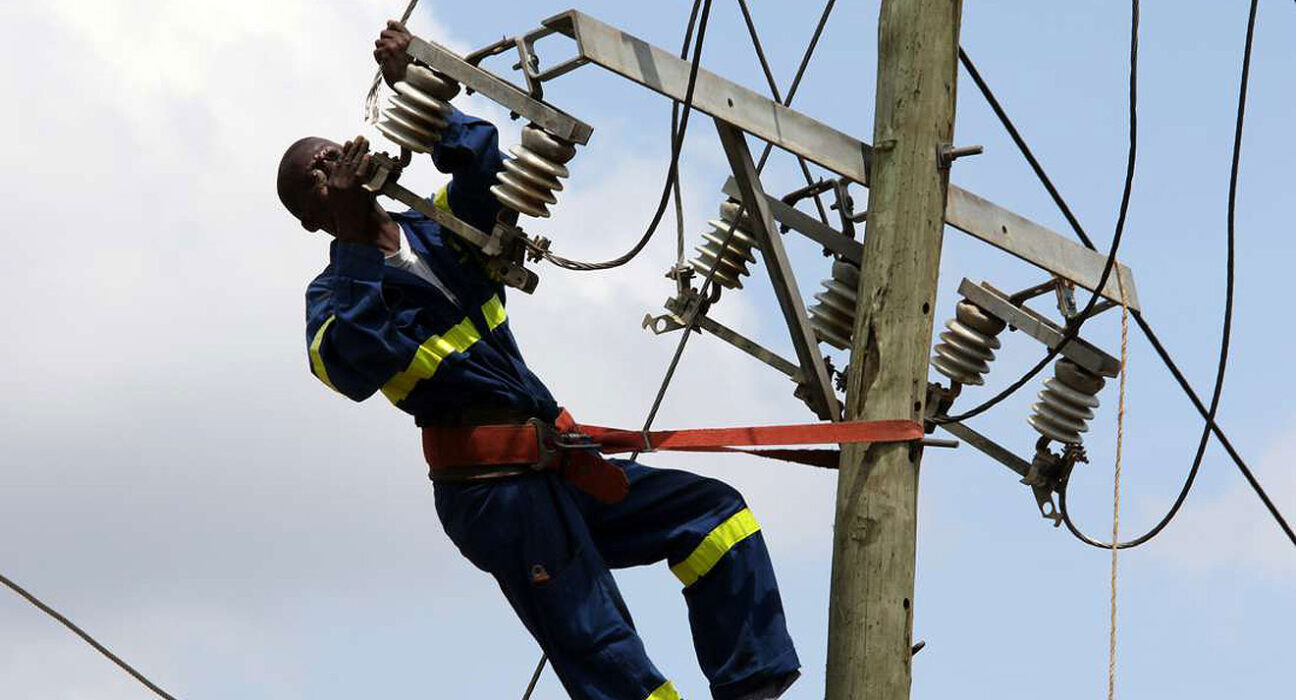Kenya’s electricity demand has reached a historic peak, highlighting rising power consumption amid an expanding customer base, increased heating needs during the cold season, and new initiatives in electrification. According to the latest data from Kenya Power’s National Control Centre, the country registered a new record peak demand of 2,362.28 megawatts (MW) on Wednesday, July 23, 2025.
This milestone was preceded by a high of 2,325 MW on July 2, and 2,316 MW in February, demonstrating a steady rise in grid usage over the past five months.
“The new peak demand is a testament to our commitment to drive national electricity access through the deployment of various electrification projects,” said Dr. (Eng.) Joseph Siror, Managing Director & CEO of Kenya Power.
What Is Peak Demand and Why It’s a Key Indicator
Peak electricity demand refers to the maximum amount of power drawn from the grid at a single point in time—a critical metric tracked by the national control center. For businesses and policymakers, it signals real-time economic activity, industrial uptake, and infrastructure pressure on Kenya’s electricity grid.
Key Drivers Behind Kenya’s Rising Electricity Demand
1. Rapid Growth in Grid Connections
Kenya Power added 401,848 new customers during the 2024/25 financial year ending June 30, 2025. This significant growth in household and commercial connections has directly contributed to higher overall consumption.
2. Cold Season Power Consumption
The prevailing cold weather has led to increased electricity use for heating homes and offices, further driving peak demand. Seasonal variations like these often stretch the grid and require strategic load balancing.
3. Increased Industrial and Commercial Use
The company is rolling out tailored connectivity projects aimed at commercial and industrial customers, who typically consume more power. As more industries connect to the grid, sustained high demand is expected.
To maintain momentum, Kenya Power is investing in initiatives that create long-term electricity demand:
● Electric Vehicle Charging Infrastructure
Kenya Power plans to install 45 electric vehicle (EV) chargers across six counties during the current financial year. This is part of its strategy to support Kenya’s transition to electric mobility, positioning itself as a key player in the EV ecosystem.
● Promoting Electric Cooking
The company has established four e-cooking hubs in Nairobi, Mombasa, Nakuru, and Kisumu to educate the public on the benefits of modern electric cooking appliances. These demo centers are complemented by partnerships with schools, hotels, and other institutions to accelerate the adoption of e-cooking.
“We are at various stages of implementation of the last-mile connectivity projects across the country. We are also rolling out initiatives targeting industrial consumers, which we expect will push electricity demand even higher,” added Dr. Siror.
For business leaders and investors, the implications of rising electricity demand include:
- Investment Opportunities in power generation, grid modernization, and renewable energy infrastructure.
- Emerging Markets for electric appliances, energy-efficient technology, and mobility solutions.
- Regulatory and Policy Signals indicating national support for electrification, sustainability, and green energy innovation.
While the rising electricity demand is a strong economic signal, it also presents challenges:
- Can the country’s generation capacity keep pace?
- Will infrastructure and reliability hold under pressure?
- How will pricing and consumer affordability evolve?
Kenya Power must balance growth in demand with grid stability, smart investment, and public-private partnerships to ensure the country’s energy future is both sustainable and inclusive.
Kenya’s record electricity demand underscores a critical inflection point in its energy journey. From e-mobility to modern cooking and industrial growth, the nation’s expanding appetite for power is driving innovation—and opportunity—across the board. For Kenya Power, the challenge now is to match this demand with reliable, scalable, and forward-looking supply strategies.





